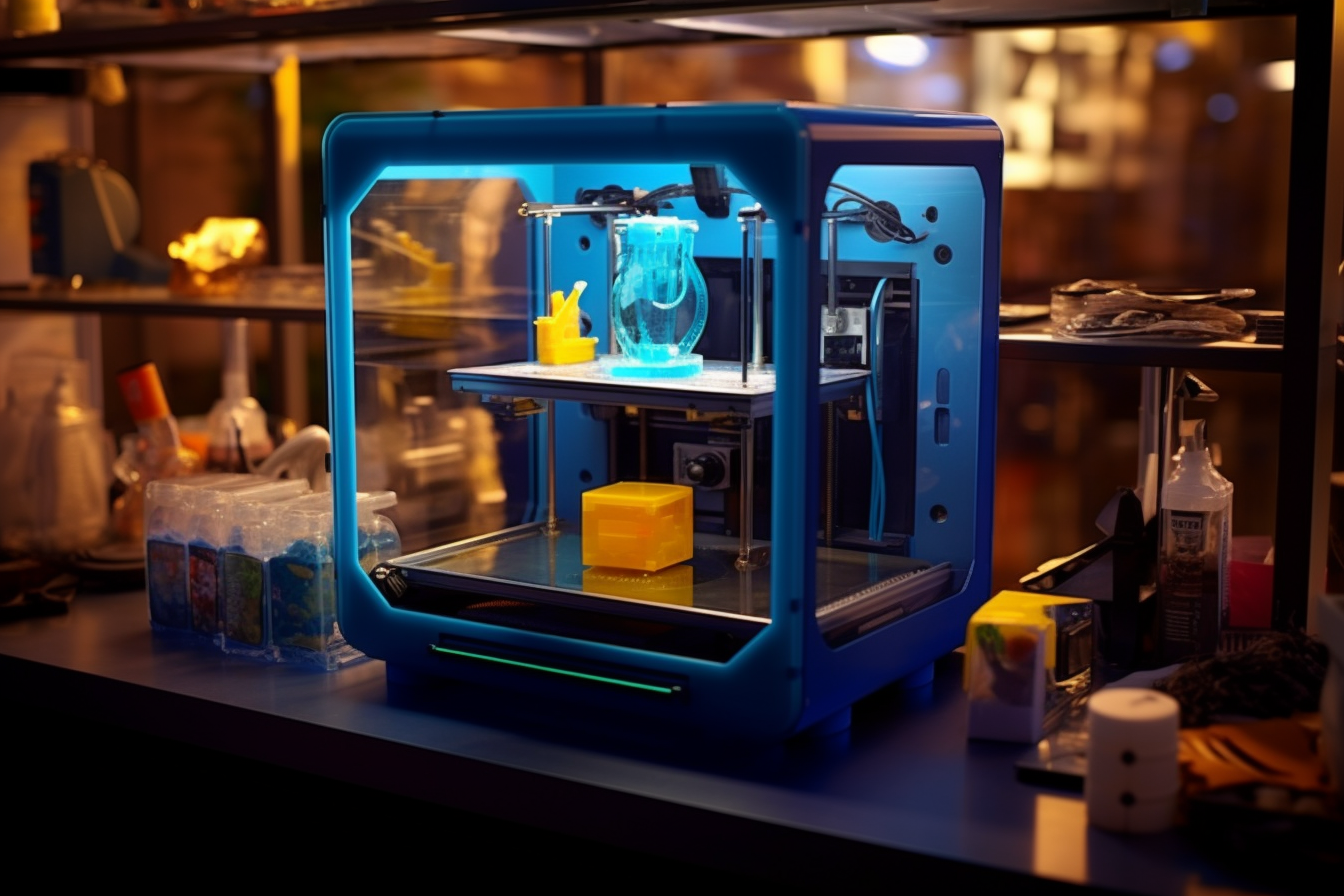
A Deep Dive into Critical Minerals: Sources, Uses and Future Trends
October 2, 2024 - Lou Farrell
Revolutionized is reader-supported. When you buy through links on our site, we may earn an affiliate commission. Learn more here.
Not all materials and minerals are created equal, which is why organizations have created a designation known as critical minerals. These are the most important to society, as they shape industry, consumer behaviors and tech trends. Discover what elements fall under this umbrella and how they work when used at scale.
What Are Critical Minerals and Materials?
Critical minerals and critical materials are two separate concepts, but they overlap to shape society’s and industry’s understanding of tech progression, development and demand.
Overseeing Bodies
The U.S. Environmental Protection Agency (EPA) defines both, with guidance from the Secretary of Energy for critical materials and the Secretary of the Interior and U.S. Geological Survey Director for critical minerals. The explicit definitions are outlined in the Energy Act of 2020 in the U.S.
These organizations are in charge of determining availability of these elements, increasing supply to meet demand and finding alternatives to scarce materials to prevent societal unrest. Each one of the lists are placed on a matrix based on their criticality and risk profile.
Materials
A critical material is a “non-fuel mineral, element, substance or material.” Two rules define them. First, the material has a high likelihood of causing supply chain disruptions. Second, it is mandatory for energy technologies of all applications, including storage, transmission and more. All critical materials are critical minerals, except for:
- Copper
- Electrical steel
- Fluorine
- Silicon
- Silicon carbide
There are 18 critical materials in total, dubbed the “electric 18” by professionals for good reason. In the 21st century, they are pivotal for clean energy expansion, which is why they are more important than ever. Critical minerals and materials are in electric chargers and vehicles (EVs), wind turbines and everything in between.
Minerals
A mineral is slightly different and more broad. It includes 50 minerals that are deemed “critical” to energy production without the stipulations of the electric 18. The U.S. has minimal supply for these elements, needing to source most of them from other sources worldwide.
Today, we will focus on diving deep into critical minerals, a comprehensive list and their applications throughout industries.
The Critical Minerals List
The list of 50 critical minerals was established in 2022. Here is a complete list, with the electric 18 — minus the exceptions above — in bold:
| AluminumAntimonyArsenicBariteBerylliumBismuthCeriumCesiumChromiumCobaltDysprosiumErbiumEuropium | FluorsparGadoliniumGalliumGermaniumGraphiteHafniumHolmiumIndiumIridiumLanthanumLithiumLutetiumMagnesium | ManganeseNeodymiumNickelNiobiumPalladiumPlatinumPraseodymiumRhodiumRubidiumRutheniumSamariumScandium | TantalumTelluriumTerbiumThuliumTinTitaniumTungstenVanadiumYtterbiumYttriumZincZirconium |
Where Do Critical Minerals Come From?
Some critical minerals come from fresh mining environments, while others remain in circulation for a long time even after they are first employed. Discover the ways humanity obtains the minerals and how they travel the planet.
Natural Resources
Mining operations and geological deposits are two examples of natural resource-based locations for critical minerals. You don’t necessarily have to dip into open-pit or underground mines to find all of these elements. Some are in organic formations, like lithium, which are in brine pools.
Global Sources
Not every nation that needs critical minerals, such as the U.S., have domestic natural resource supplies. So, they are imported from elsewhere. China is known for its lithium, which is why it has such a strong presence in the renewable energy and EV market. The Democratic Republic of Congo has a monumental supply of cobalt, which has inspired legislative action about ethical sourcing and conflict-free materials for decades.
Recycling
Electronic recycling infrastructure is growing, but there are a few places to execute it. Collecting e-waste is one of the best ways to drive down the price of manufacturing energy technologies while focusing on a circular economy.
Researchers are trying to find cost-effective, streamlined ways to do this with things like lithium-ion batteries to prevent virgin mining operations from breaking ground.
Secondary Sources
Some critical minerals are discovered as a byproduct of mining other things.
Emerging Sources
There are also methods humans are still discovering or unlocking their full potential. For example, seabed mining is a newer form of exploration.
How Do People Use Critical Minerals Now and in the Future?
As mentioned, these minerals are defined by their usefulness in energy technologies. This is an expansive definition, and their applications even extend outside of that.
- Technology and electronics: Capacitors, semiconductors, screens and more.
- Renewable energy: Solar panels, lithium-ion batteries, wind turbine components and more.
- Automotive: Drivetrains, motors, batteries and more.
- Defense and aerospace: Weaponry, radar, magnets and more.
- Health care: Medical devices and imaging.
They are also widely, generally useful in industries like construction and manufacturing for everything from support beams to robotic infrastructure.
The future is promising for many of these critical minerals, especially ones labeled as high-risk. For these, the regulatory agencies are trying to find replacement materials to ease the burdens on supply chains. If researchers do not commit to this, then technology and renewable energy cannot advance at the rate needed to meet global goals.
These are some of the most promising potential uses for critical minerals in the coming years, depending on how much funding each of these areas gets to dedicate time to R&D:
- Circular technologies: Critical minerals could support the e-waste recycling infrastructure that will keep it in the system.
- Biotech: Pharmaceutical companies and biochemists could find novel ways to incorporate tech into recovery.
- Nanotech: Medtech companies could use minerals to forge receptacles for drug transport or coating implants.
How Critical Are Critical Minerals?
You may not interact with these elements on a daily basis, but they are the backbone of our daily lives. Society runs on them, and the clean energy future relies on their dependability, accessibility and cost-effectiveness. The U.S. and other nations are trying to supplement them while extracting them in reasonable ways, but there is still more collaboration and progress to be made to make it sustainable for a carbon-friendly future.
Revolutionized is reader-supported. When you buy through links on our site, we may earn an affiliate commission. Learn more here.
Author
Lou Farrell
Lou Farrell, Senior Editor, is a science and technology writer at Revolutionized, specializing in technological advancements and the impacts on the environment from new developments in the industry. He loves almost nothing more than writing, and enthusiastically tackles each new challenge in this ever-changing world. If not writing, he enjoys unwinding with some casual gaming, or a good sci-fi or fantasy novel.







